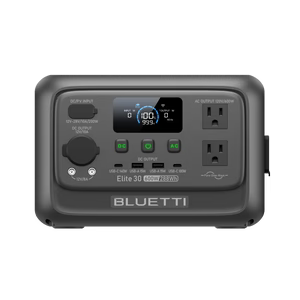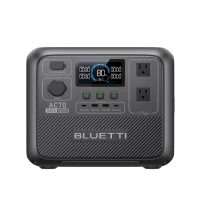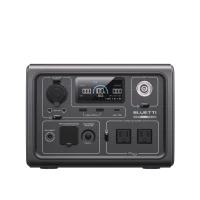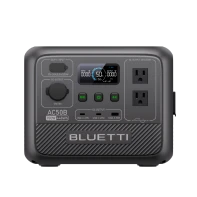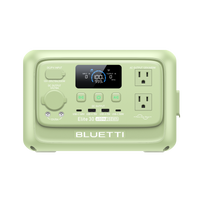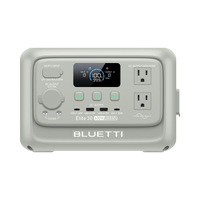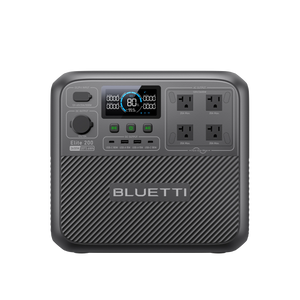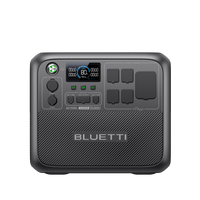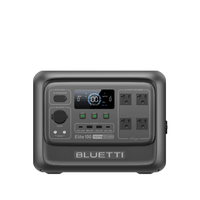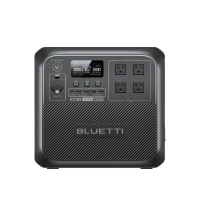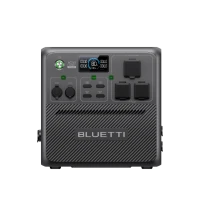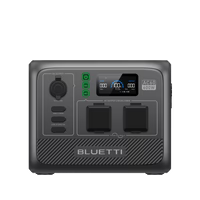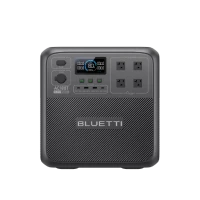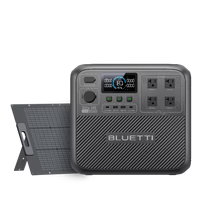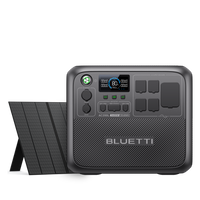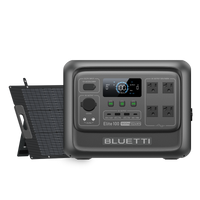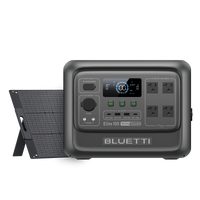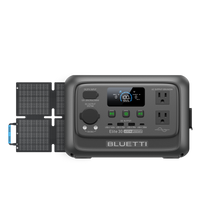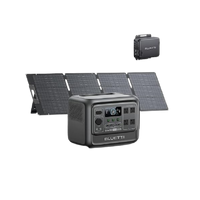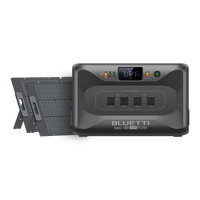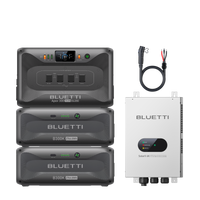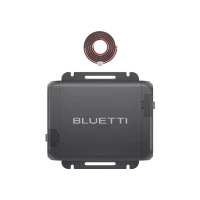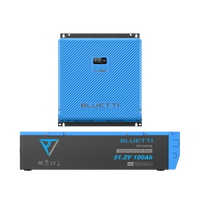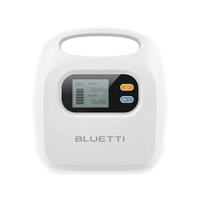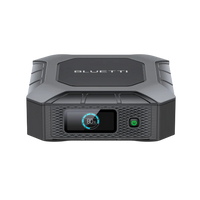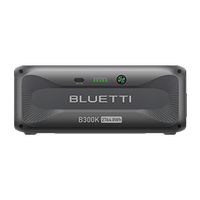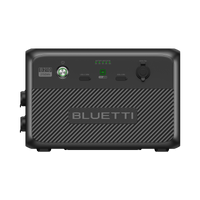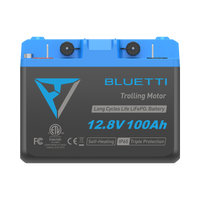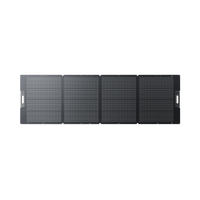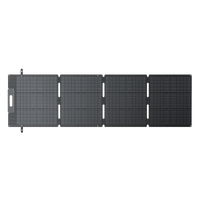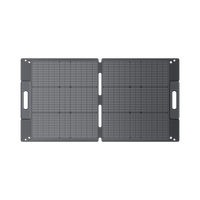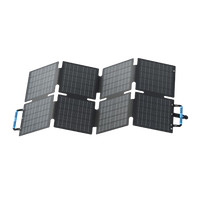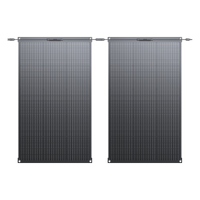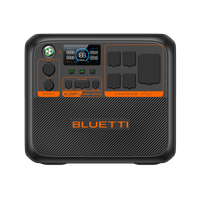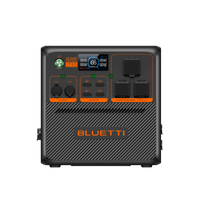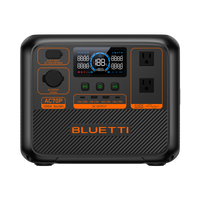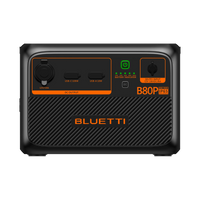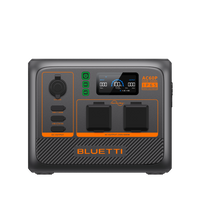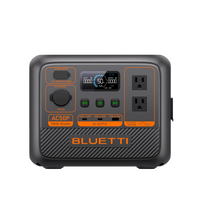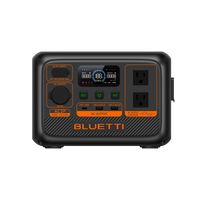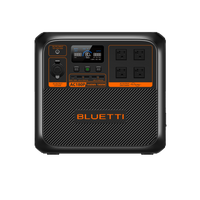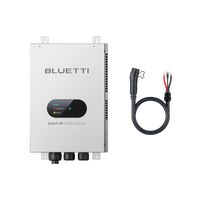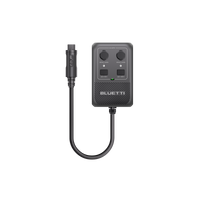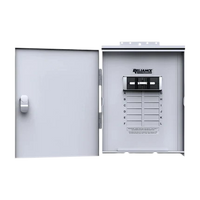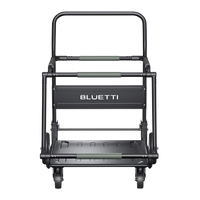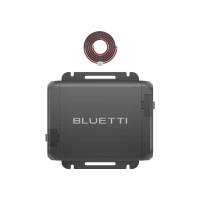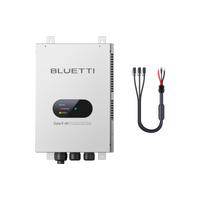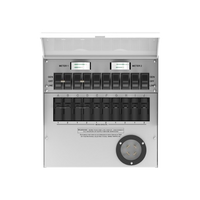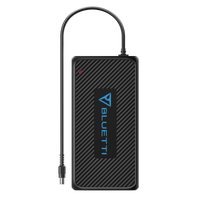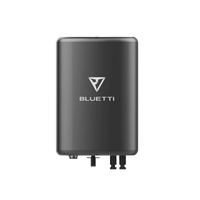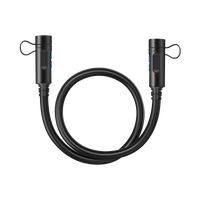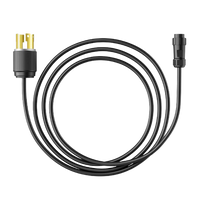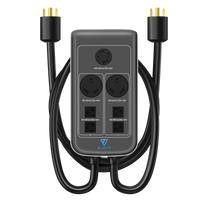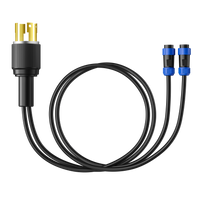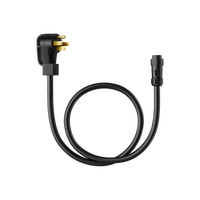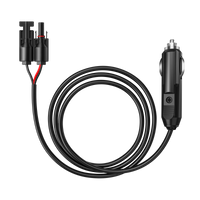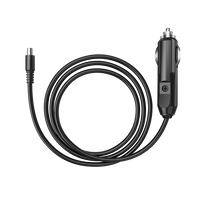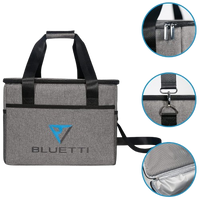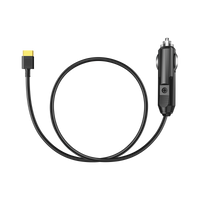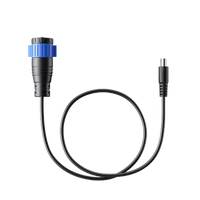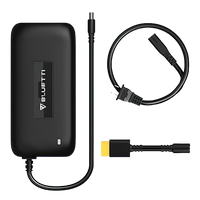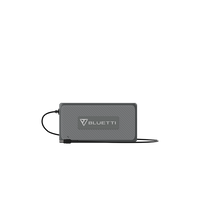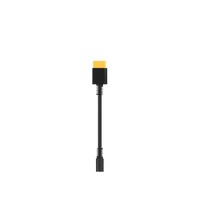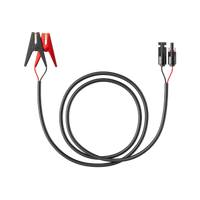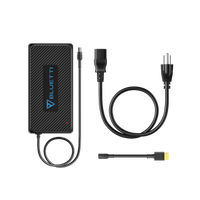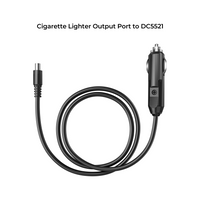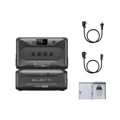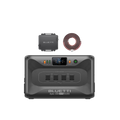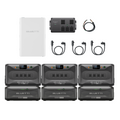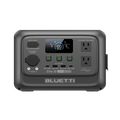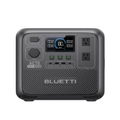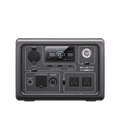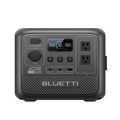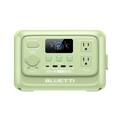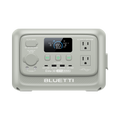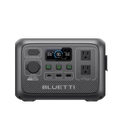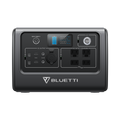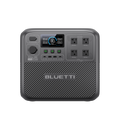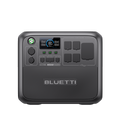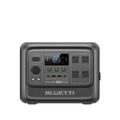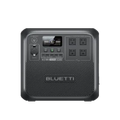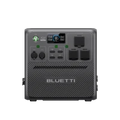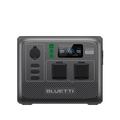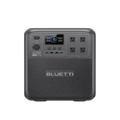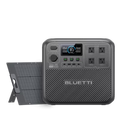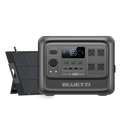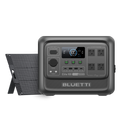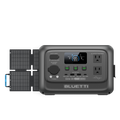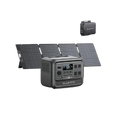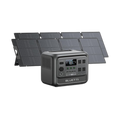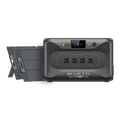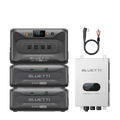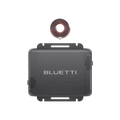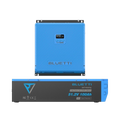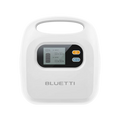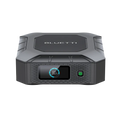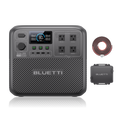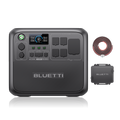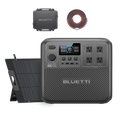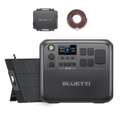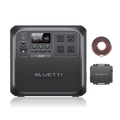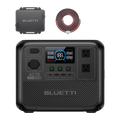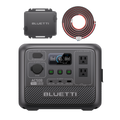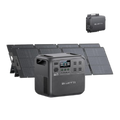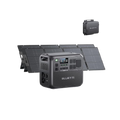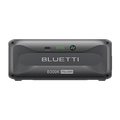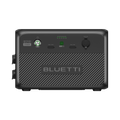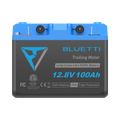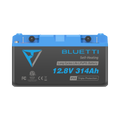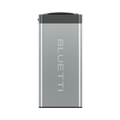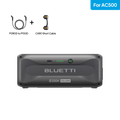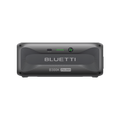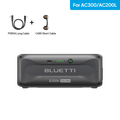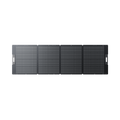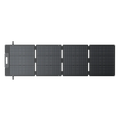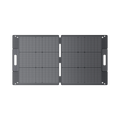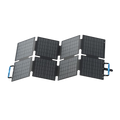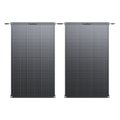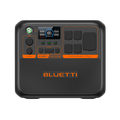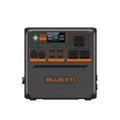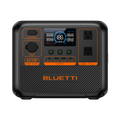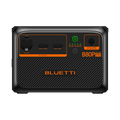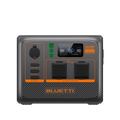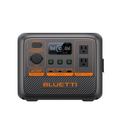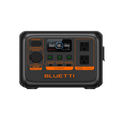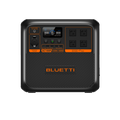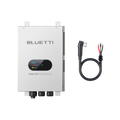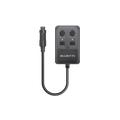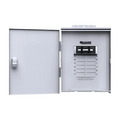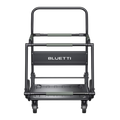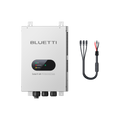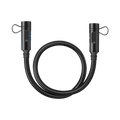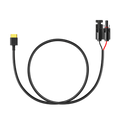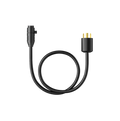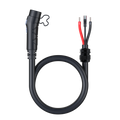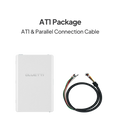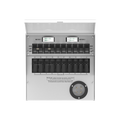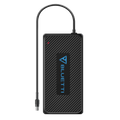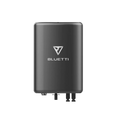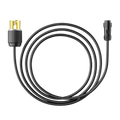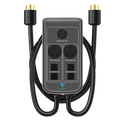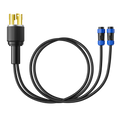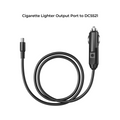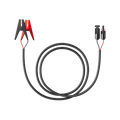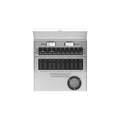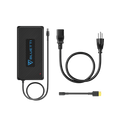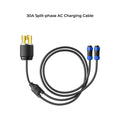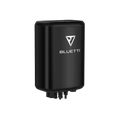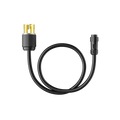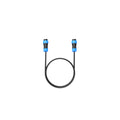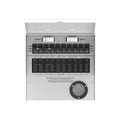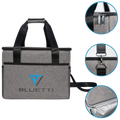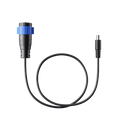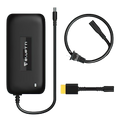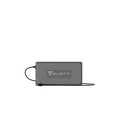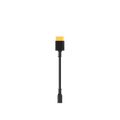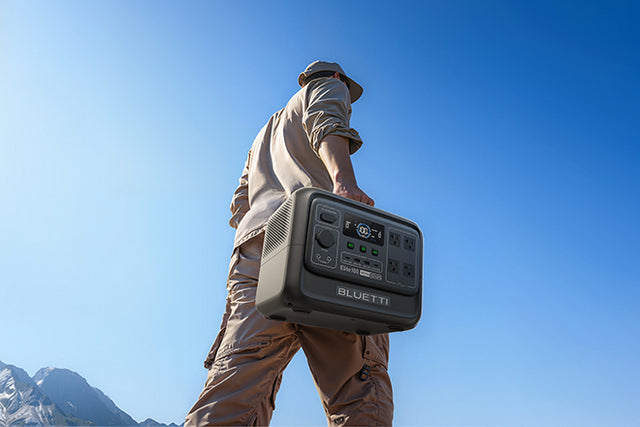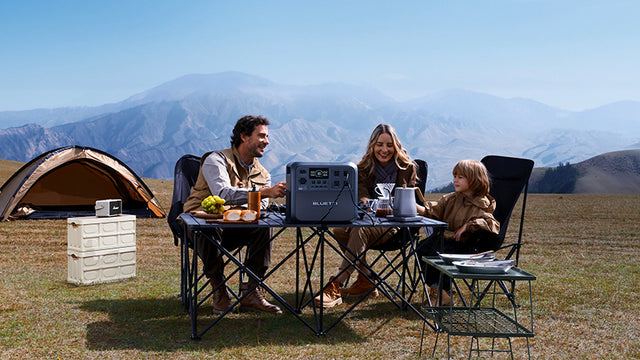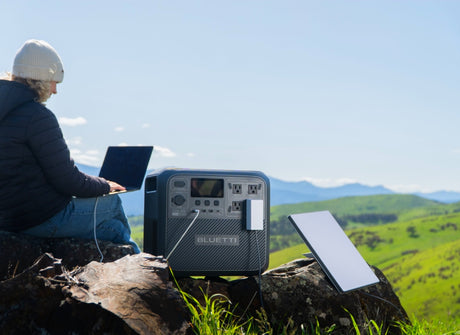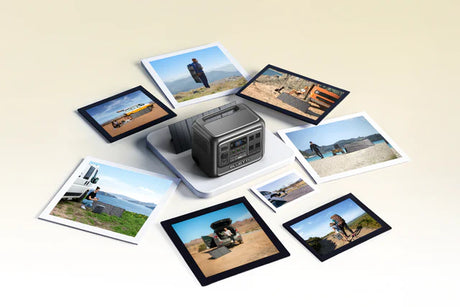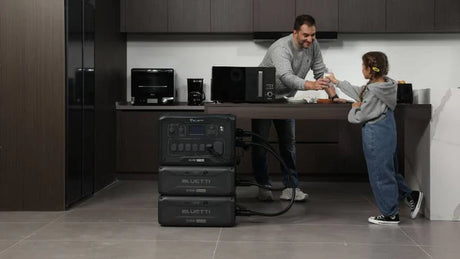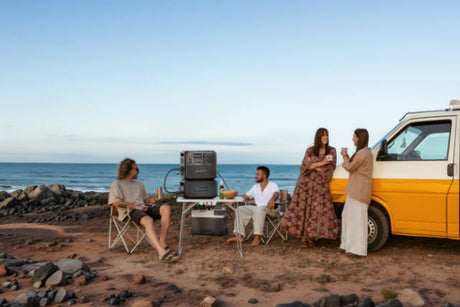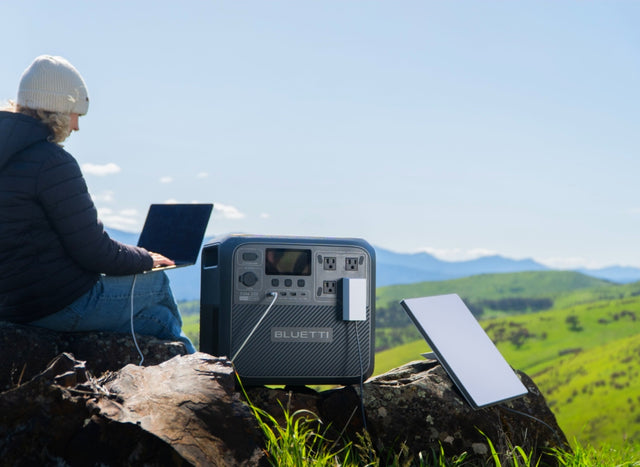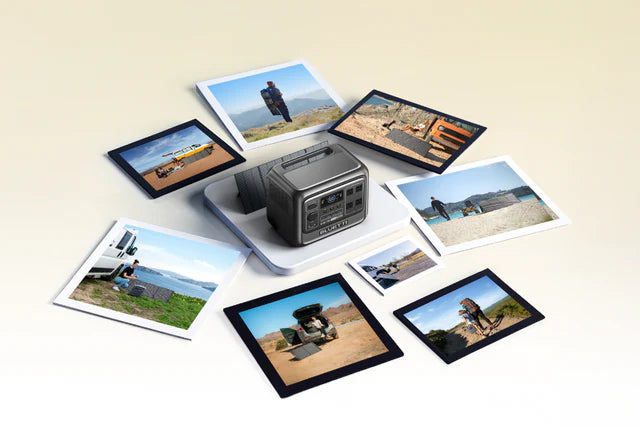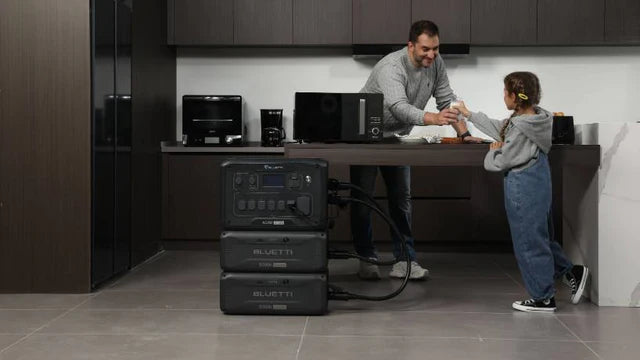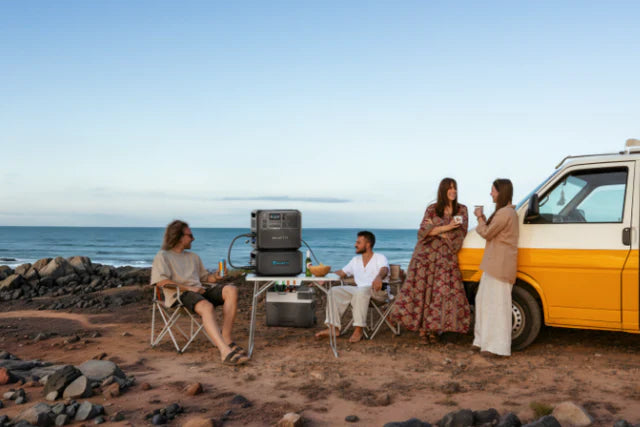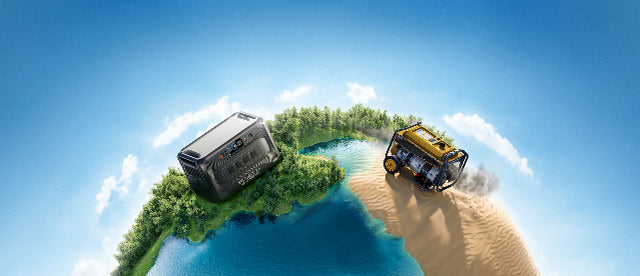Power outages may interfere with your routine and affect important work. For most families, a reliable backup power source isn't a luxury but a necessity. Power failures in Canada alone are increasing due to severe weather, with Hydro-Québec alone reporting more than 1.1 million customers affected in one storm in 2023. The scientific literature also indicates that prolonged outages of more than four hours can significantly affect the safety of food, indoor temperature consistency, and home medical devices.
Conventional UPS (Uninterruptible Power Supply) systems are temporary backup systems for unexpected power outages and supply power for 15 to 90 minutes. They mostly incorporate sealed lead-acid batteries, whose capacities reduce with aging and possess limited capacity.
Let's get into why an 8-hour UPS backup is important, what it will take to get it, and how the Apex 300 makes all the difference.
Why an 8-Hour UPS Backup Is Important at Home
Regular blackouts due to storms, winter blizzards, or overloaded power grids are becoming more frequent. Most of these blackouts can run for well over an hour, sometimes a whole night, or even an entire workday.
An 8-hour backup window is critical because:
-
It enables homes to have lighting, internet, and fridge preservation during overnight outages.
-
It enables work and learning remotely by charging laptops, routers, and monitors for the day.
-
It provides a safety factor by keeping necessary medical gear running.
-
It enables small home-based industries, from YouTube stars to Etsy store owners, whose gear must be kept running.
-
It makes you available to emergency services, relatives, or community announcements during extreme weather.
-
Most generic UPS products provide only a 30 to 90-minute runtime, which simply is not enough.
What Does 8-Hour UPS Backup Truly Demand?
In order to realize what you need to achieve 8 hours of backup, you'll have to perform simple energy mathematics:
Power (Watts) × Time (Hours) = Energy (Wh)
Thus, if your appliances consume 300W all the time:
300W × 8 hours = 2400Wh
And if the load is more, i.e., 500W:
500W × 8 hours = 4000Wh
So, your backup battery should have at least 2400–4000Wh usable capacity. Let's consider some practical examples now:
Refrigerator (150W) + Lights (30W) + Modem (20W) + Laptop (60W) = Total 260W
Runtime required: 8 hours → Requires at least 2080Wh
Another example
Sump pump (800W intermittent operation), mobile charger (10W), emergency lighting (40W) → Avg. draw: 450W
Runtime: 8 hours → Needs approximately 3600Wh
VA vs Wh
You should also know the difference between VA (Volt-Amperes) and Wh (Watt-hours) since the two units are recording different aspects of electrical performance.
VA (Volt-Amperes) is raw power. It's voltage times current without regard to power transfer efficiency. It's usually used to quote UPS units' ratings and represents the maximum power a UPS will deliver to equipment plugged in at any given time.
Wh (Watt-hours), on the other hand, is a measure of real energy capacity—the actual amount of useful energy contained in the battery that will be dispensed over time. It is calculated by taking the load's average wattage and multiplying it by the number of hours of use intended.
For most residential and backup applications, Watt-hours (Wh) are much more convenient when estimating the length of time that your power source will be available. As an example, a 1500VA-rated UPS will only provide 900Wh of usable power, depending on the efficiency of the UPS (typically around 60% in most standard lead-acid UPS systems). That is why two UPS devices with the same VA rating can have extremely different backup times.
To obtain an 8-hour backup plan, you must identify your device's continuous power consumption in watts and compare it with a battery system providing the same number of watt-hours. Always reference Wh while making arrangements for a long duration of blackout, as it provides you with an accurate runtime and performance estimate.
UPS vs Portable Power Station – What’s the Difference?
Let’s compare the conventional UPS systems and the all-new portable power stations:
Function
Traditional UPS is intended to guard against power outages for sensitive equipment like computers, servers, and modems.The Portable Power Station has integrated battery, inverter, and charging controller, functioning as a UPS and generator alternative.
Switchover Time
Traditional UPS offer near-instant switchover (typically milliseconds), ensuring no data is lost in an outage. However, there is a slight lag in switchover of portable power stations. They are not designed for instantaneous switchover and take 10–30 milliseconds to switch.
Runtime
Traditional UPS is generally limited by short runtimes—15 to 90 minutes, based on the size of the battery and the load. Portable power stations have longer runtimes—8 hours or more—due to high-capacity lithium batteries.
Load Capacity
Traditional UPS is suitable for low- to medium-draw machines. Not appropriate for high-wattage or high-use appliances while portable power stations can charge several heavy-duty use appliances at the same time (e.g., heater, refrigerator, Wi-Fi, lights).
Design
The UPS is typically fixed, heavy, metallic, with sealed lead-acid batteries that lose capacity over time. Often fitted with fans, lighting, and heaters. The portable power station is small, lightweight, quiet, and earth-friendly. No fuel needed and no toxic emissions.
How Long Will Different UPS Systems Last?
Here’s a practical breakdown:
|
System Type |
Capacity |
Load Example |
Runtime |
|
1500VA UPS |
~900Wh |
PC + router (150W) |
~5–6 hrs |
|
10kVA Industrial UPS |
~7000–10,000Wh |
Partial home backup |
4–8 hrs |
|
BLUETTI Apex 300 + Extension Battery |
2764.8Wh–19,353.6Wh |
Fridge + lights + router |
~8 hrs – 7 days |
These numbers help illustrate why most residential UPS setups don’t go the distance. Only high-capacity portable systems like the Apex 300 deliver consistent, all-night backup.
How to Extend Your UPS Battery Backup Duration
Achieving an 8-hour backup duration requires not just the right hardware but also smart usage strategies. Even a high-capacity UPS or portable power station can fall short if used inefficiently. Here are practical tips to maximize your system's runtime:
1. Prioritize Critical Loads:
Avoid running high-wattage appliances during outages unless absolutely necessary. Focus on essentials like Wi-Fi routers, LED lights, laptops, and medical devices. Eliminate unused loads (e.g., idle chargers, TVs on standby) that quietly consume power.
2. Use Energy-Efficient Devices:
Switch to energy-saving LED bulbs, inverter-based appliances, and high-efficiency laptops. A device consuming 20W instead of 60W can stretch battery life significantly over 8 hours.
3. Implement Load Rotation:
Stop running all devices simultaneously. For example, charge devices like laptops first, then switch to lighting in the evening. This reduces peak loads and evens out energy consumption.
4. Monitor Power Usage:
Use a wattmeter or a built-in UPS dashboard to track current draw. Knowing your real-time consumption helps you stay under the usable watt-hour threshold, avoiding system shutdown before the 8-hour mark.
5. Use Sleep or Low-Power Modes:
Enable sleep mode on computers and dim your screens. Routers with energy-saving settings and battery-saving laptop modes can cut power usage by 10–30%.
6. Consider Solar Add-ons:
For longer outages or daylight availability, solar panels can supplement charging. This keeps your system topped up during sunny hours, extending total backup time.
Meet the Apex 300
Introducing the BLUETTI Apex 300 powerstation. With the high-efficiency lithium iron phosphate (LiFePO4) batteries, known to possess high thermal stability, long cycle life, and increased safety, the Apex 300 provides an unflinching power supply through a long period of time. It provides zero-delay switching, expansion module, and intelligent management to make your lights stay on and your appliances stay operational for 8 hours or more.
The Apex 300 is a modular power station. Unlike simple UPS devices, it provides:
-
True 0ms UPS functionality
-
Intelligent energy management
-
Battery extension modules
-
Solar compatibility
It's not only a battery. It's a complete energy solution designed to expand to meet your requirements. And it's built for Canadian consumers, providing quiet, weather-tolerant operation and flexibility for seasonal power demands.
What the Apex 300 Can Actually Run for 8 Hours
Knowing what you can actually power with the Apex 300 is necessary for planning. This power station has been designed to power a very wide range of appliances, particularly those you'd use in an emergency situation or prolonged blackout. From household devices to home office equipment and medical devices.
Here are some realistic examples:
|
Appliance Combo |
Total Power |
Runtime Estimate |
|
Fridge + router + 2 lights |
~280W |
~9 hrs |
|
Laptop + Wi-Fi + CPAP |
~220W |
~10–12 hrs |
|
Small heater (cyclical, 600W average) |
~600W |
~4–5 hrs |
|
Router + desktop PC + monitor + light |
~300W |
~8 hrs |
|
Phone chargers + LED lights + fan |
~150W |
~14–16 hrs |
These examples show the flexibility and real-world utility of the Apex 300.
Charging & Recharging After a Power Outage
The most impressive aspect of the Apex 300 is its great recharging flexibility and ability. It's built to get you up and running fast, even in extended power outages or off-grid use.
-
AC Charging: The Apex 300 can be charged from a standard wall outlet to 80% power within a quick 45 minutes. This quick-charging option is perfect for last-minute storm readiness or being stuck in between power outages.
-
Solar Input: With advanced solar integration, the Apex 300 supports a solar input of up to 2400W—6400W with additional battery modules. This can turn it into an eco-friendly option for off-grid cabins, remote workstations, or environmentally conscious users who want to harvest clean power. Under optimal sun exposure conditions, solar recharging is achievable within hours.
-
Fuel Generator & EV Charger Compatibility: In the absence of sunlight or grid energy, the Apex 300 also integrates beautifully with fuel generators and EV chargers to provide redundancy and reassurance in the event of an emergency.
-
Pass-through Capability: Another of the smartest features is that it can charge while discharging. This allows you to keep powering your devices while recharging the battery at the same time—a crucial feature for medical devices, network devices, or continuous-app use.
All these characteristics put together make the Apex 300 very versatile and suitable for any category of user, from emergency professionals and RVing to digital nomads and even mobile clinics that require constant and mobile power solutions.
FAQs
Does the battery drain when not in use?
No. The Apex 300 has extremely low idle power consumption, so it will retain power for weeks or months in storage. Just leave it in your garage, cabin, or closet and have power when you require it.
Can this be used as an inverter?
Yes. With a pure sine wave inverter and 3840W continuous output, it powers everything from laptops to microwaves, sump pumps, and even power tools.
Does it waste a lot of power during charging?
No. Its high system efficiency reduces power wastage whether AC charging or solar charging. It uses clean power with less energy loss compared to regular inverters.
Can it substitute your current UPS or inverter?
Yes. To most homeowners, it can be both. It has fast switchover, high power output, and modularity in modules—all housed in one unit.
Is it safe for indoor use?
Yes. The Apex 300 is silent, odor-free and safe to use indoors or in enclosed spaces such as apartments and office buildings.
How long is the Apex 300 stored when it needs to be recharged?
Due to its extremely low level of self-discharge and LiFePO₄ battery chemistry, the Apex 300 will remain charged between 6 to 12 months in storage depending on temperature conditions. This makes it ideal for seasonal use, emergency preparedness, and off-grid backup.
Is it safe to use the Apex 300 when traveling or camping in cold weather?
Yes. Apex 300 has a built-in mode of self-heating, which means it can function well even at temperatures as low as -20°C. It is perfect for winter camping excursions, RV vacations, and cold emergencies in Canadian provinces.






